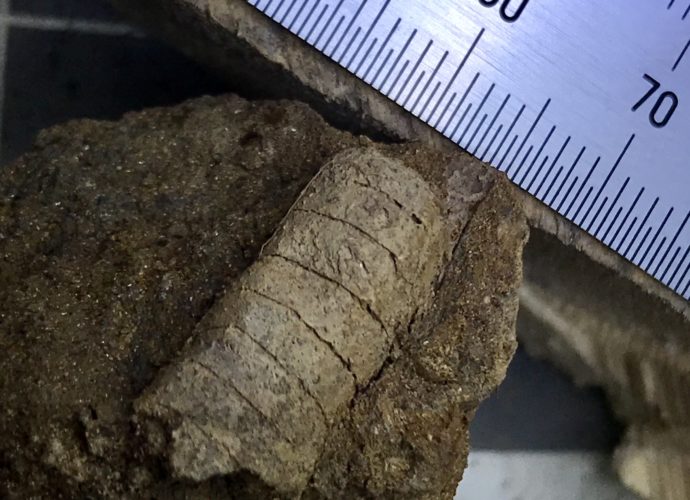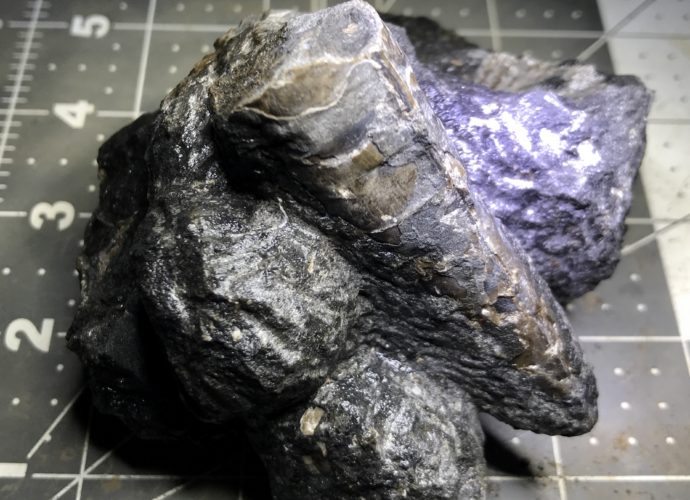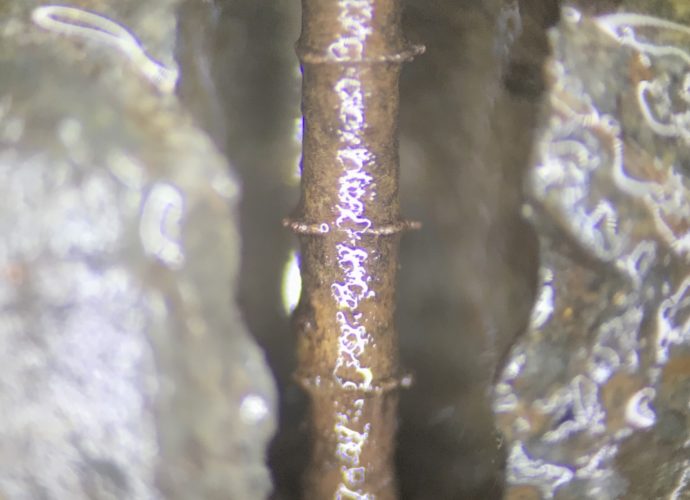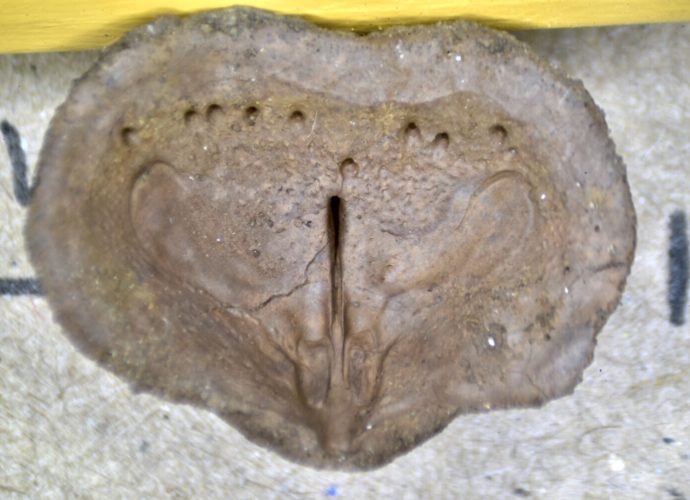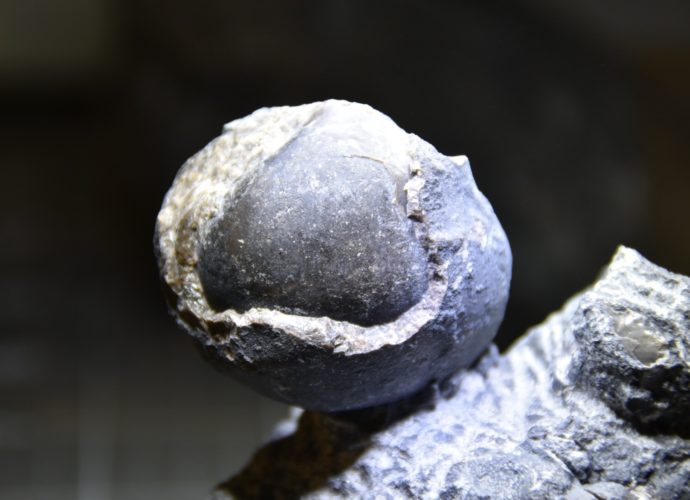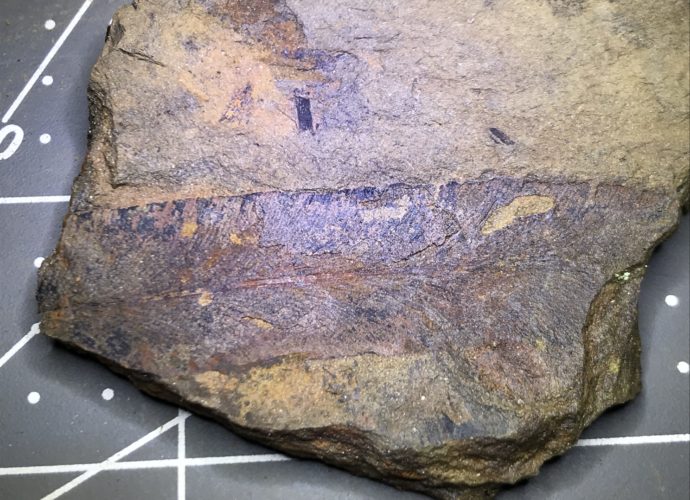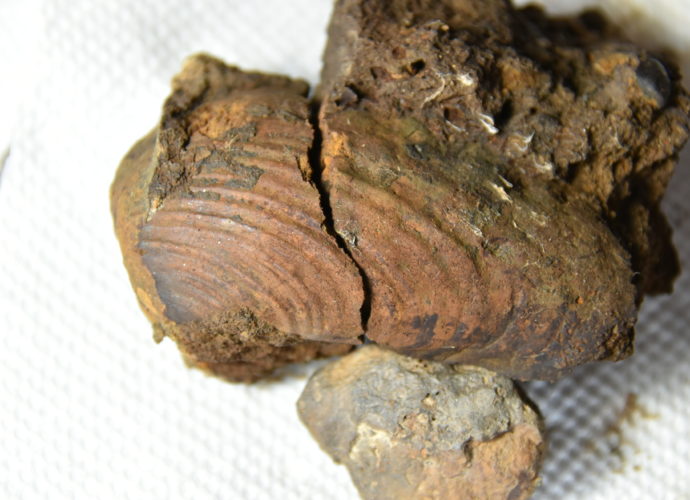Pseudorthoceras sp.
I am finding Pseudorthoceras to be common in the local rocks. I find them often. They are often seen straight on and can be mistaken for crinoid columnials. I also am finding them to be fragile and will readily break apart when attempting to extract them. I was able toRead More →


